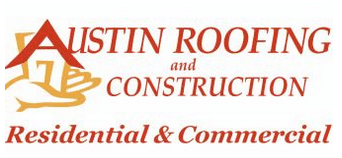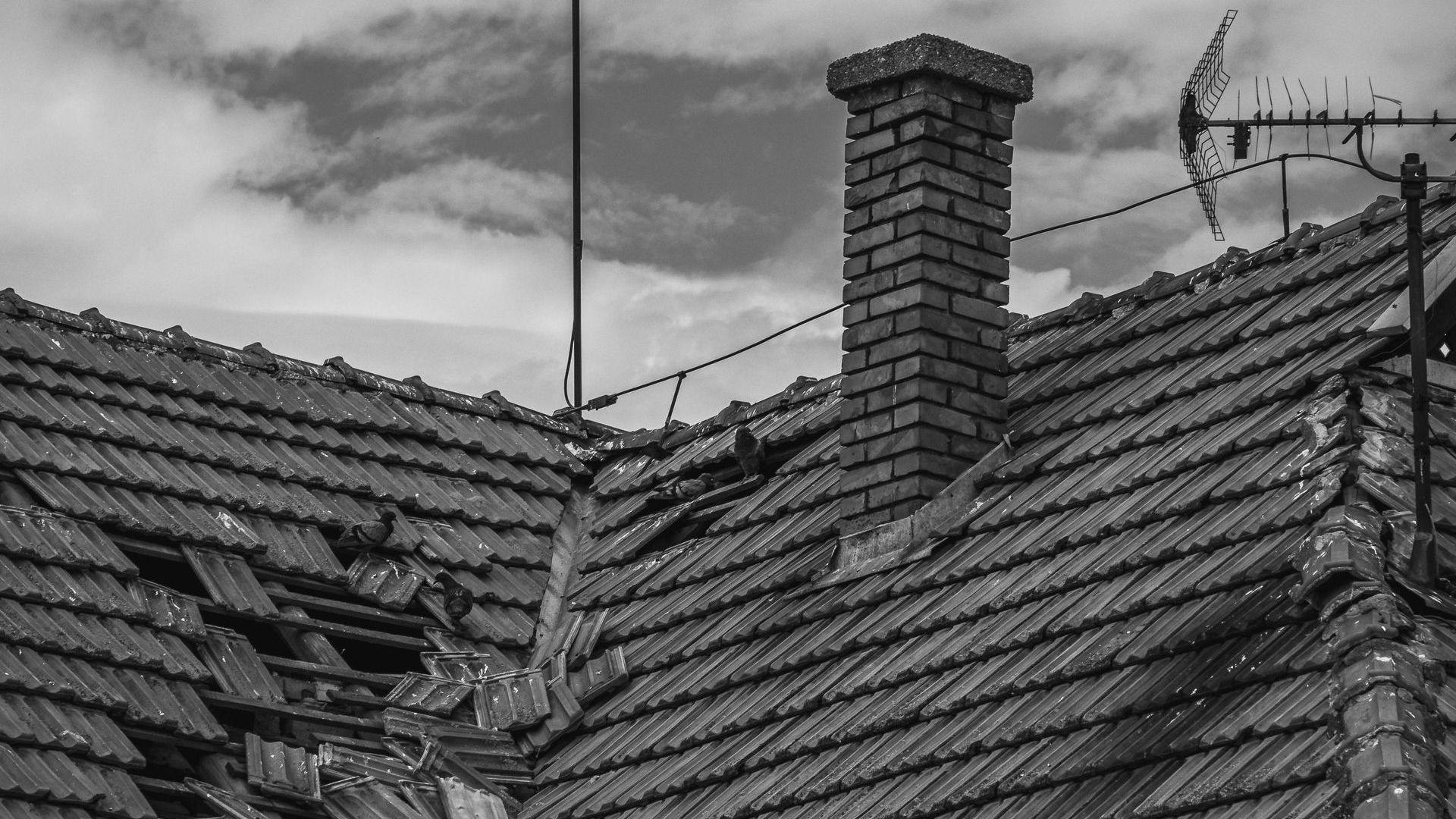Protect Your Roof from Animal Damage: Expert Roofing Tips
Your home's roof is one of its most important components. It protects the building and everything in it from rain, sleet, snow, wind, and hail. It is also a vital element when it comes to regulating temperatures and creating a comfortable environment.
Behind storms, wild animals are one of the most common causes of destruction on roofs. Birds, rodents, termites, bats, bees, and other wild creatures can wreak serious havoc, endangering the integrity of your roof and your home.
Below is s comprehensive guide on protecting your roof from animal damage. Keep reading for expert advice on how to identify and address such issues, and keep them from happening again.
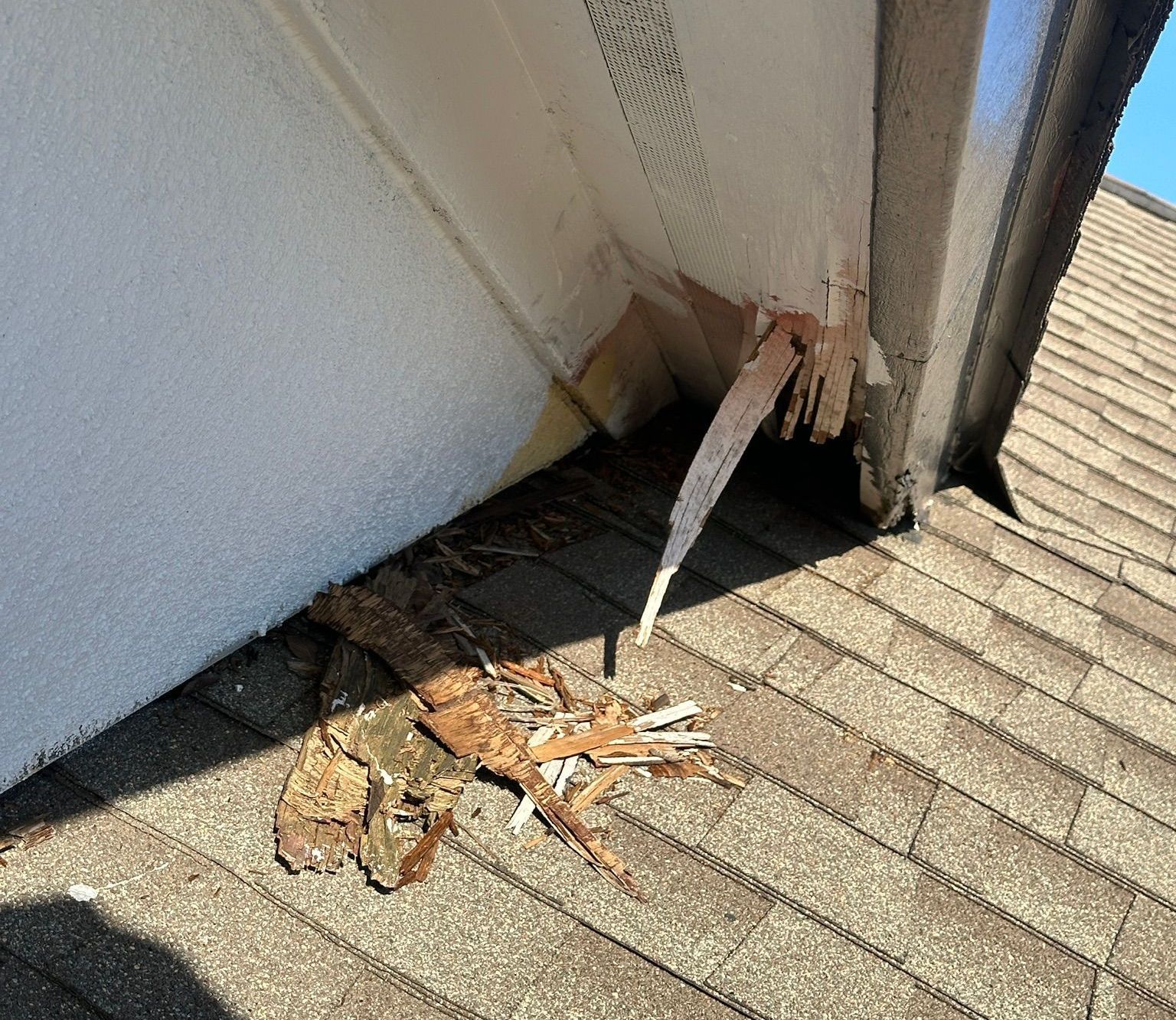
Understanding the Threat
Most animal damage to roofs occurs because they are using it as shelter. Existing openings in the roof's structure can lure critters inside, but sometimes they can make their way in, even if your roof is solidly intact.
The main culprits of roof damage include:
- Rodents
- Raccoons
- Birds
- Bats
- Bees
- Termites
Rodent damage is particularly common. Squirrels, rats, and mice can chew through wooden fascia boards, soffits, and even some types of shingles. Their goal is almost always to gain entry into warm attic spaces.
Raccoons are strong enough to tear away shingles and roofing felt, potentially creating large openings in the roof. Their motivation often is seeking shelter for raising their young.
Birds are notoriously destructive to roofs. They generally do not cause damage through chewing, but their droppings are extremely acidic, which can discolor and deteriorate roofing materials.
Bats can establish colonies in attics. Like birds, they generally will not damage roofing materials but can cause odor problems from their guano, which can also be a health hazard.
Certain species of bees, like carpenter and honey bees, can cause damage to roofs. Honey bees build hives in roof voids or under eaves, which can create moisture and weight issues. Carpenter bees drill circular holes in wooden structures.
Finally, termites threaten any wooden structure in your home, including roofing components. Drywood and subterranean termites-both of which live in Texas-are particularly dangerous to roofs. They can weaken the roof's infrastructure and cause leaks if left unaddressed.
Identifying Signs of Animal Damage to Your Roof
Early detection is crucial when dealing with pest damage to your roofing system. Here are key indicators that wild animals have targeted your roof:
- Unexplained noises in your attic or walls, especially at dawn, dusk, or during the night
- Visible gnaw marks on exterior wooden elements
- Missing, damaged, or displaced shingles
- Debris from nesting materials on your roof or in gutters
- Stains on ceilings or walls that could indicate water entering through animal-created openings
- Visible animal droppings in or around your home
- Increased energy bills due to compromised insulation from animal damage
Regular roof inspections can help you spot these warning signs before the damage becomes extensive. Consider biannual professional assessments, particularly before winter when animals seek shelter, and after spring when nesting activity is high.
Preventative Approach
The best approach to animal damage repair is prevention. Consider these expert tips to protect your roof from wildlife intrusions:
Trim Overhanging Branches
Trees provide convenient access routes for squirrels, raccoons, and other climbing animals. Keep branches trimmed at least 10 feet away from your roof line to eliminate these natural bridges to your home. This alone can be enough to dissuade many animals from even attempting to access your roof.
Maintain Your Roof
As mentioned regular roof maintenance is a great way to identify problems, but it also is a fantastic way to prevent them as well. Replacing damaged shingles and ensuring all flashing is secure, can help eliminate vulnerable entry points that animals might exploit. It also lets you address things like minor rotting wood, which can attract termites.
Install Proper Ventilation Covers
Make sure all roof vents, chimneys, and other openings have appropriate covers or caps with sturdy mesh screens. These allow proper ventilation while preventing animal entry.
Wildlife-Specific Deterrents
Various humane deterrents can discourage animal activity on your roof:
- Motion-activated sprinklers can scare away rodents
- Ultrasonic repellers are effective for some species of mammals
- Non-toxic repellent sprays for perimeter areas can help keep insects away
- Decoy predator statues, such as owl or hawk figures act as "scarecrows" for many bird species
Addressing Existing Animal Damage: Repair and Restoration
Despite your best prevention efforts, you may still experience wildlife roof damage Here's how to address it effectively:
Step 1: Safe Animal Removal
Before attempting any repairs, ensure all animals have been safely and humanely removed from your property. This often requires professional wildlife control services, especially if you are dealing with potentially dangerous animals like raccoons. Also, some animals, such as bats, are protected-they are illegal to kill in Texas.
Step 2: Damage Assessment
Once animals are removed, thoroughly assess the extent of the animal damage. Look beyond obvious exterior damage-animals often cause unseen damage to insulation, wiring, and structural elements.
Step 3: Comprehensive Repairs
Quality animal damage repair should:
- Replace damaged shingles, underlayment, and decking
- Repair compromised structural elements
- Replace contaminated insulation
- Clean and sanitize affected areas
- Install preventative barriers at entry points
For significant damage, professional roofing repair services are recommended to ensure repairs meet building codes and effectively restore your roof's integrity.
When to Call Professional Roofing Repair Services
While minor repairs might be suitable for DIY approaches, significant pest damage typically requires professional intervention. Consider contacting the pros when:
- Extensive damage
- Damage to structural elements
- Water damage present in attic or ceilings
- You are unsure about the full extent of the damage
- Damage involves electrical wiring or plumbing
- You need assistance with safe wildlife removal
Professional roofers have the tools, expertise, and safety equipment necessary to address complex animal damage thoroughly and safely.
Find Animal Roof Damage Prevention and Repair Services Near You
Damage to your roof from animals can lead to serious and costly problems if left unaddressed. By understanding the risks, implementing preventative measures, and responding quickly to signs of intrusion, you can protect this crucial component of your home.
Austin Roofing and Construction has been providing the highest caliber of residential and commercial roofing services for three generations. Our team of expert technicians can address animal damage and provide you with solutions that keep it from happening again. Reach out
to us today to schedule a free estimate.

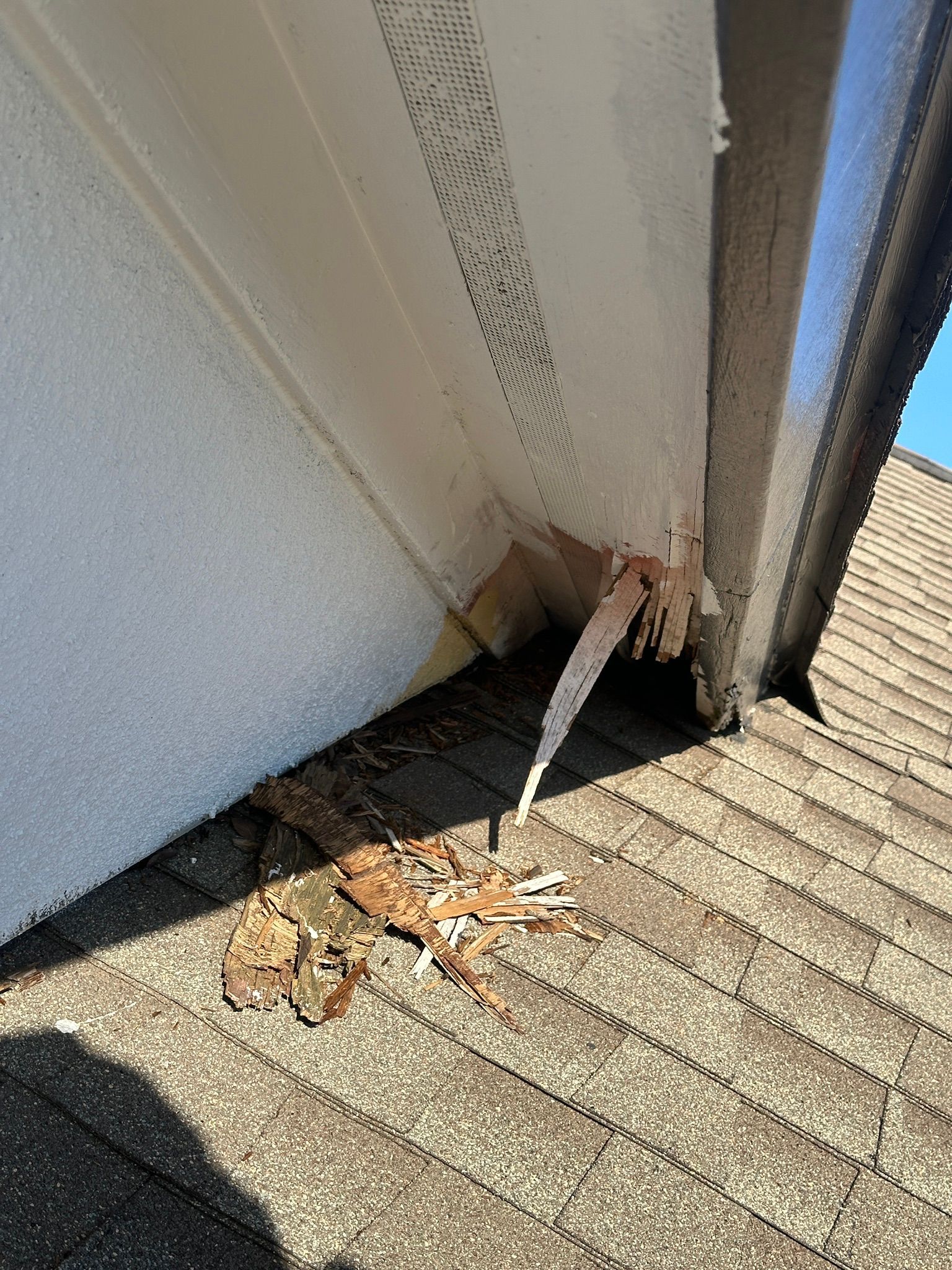
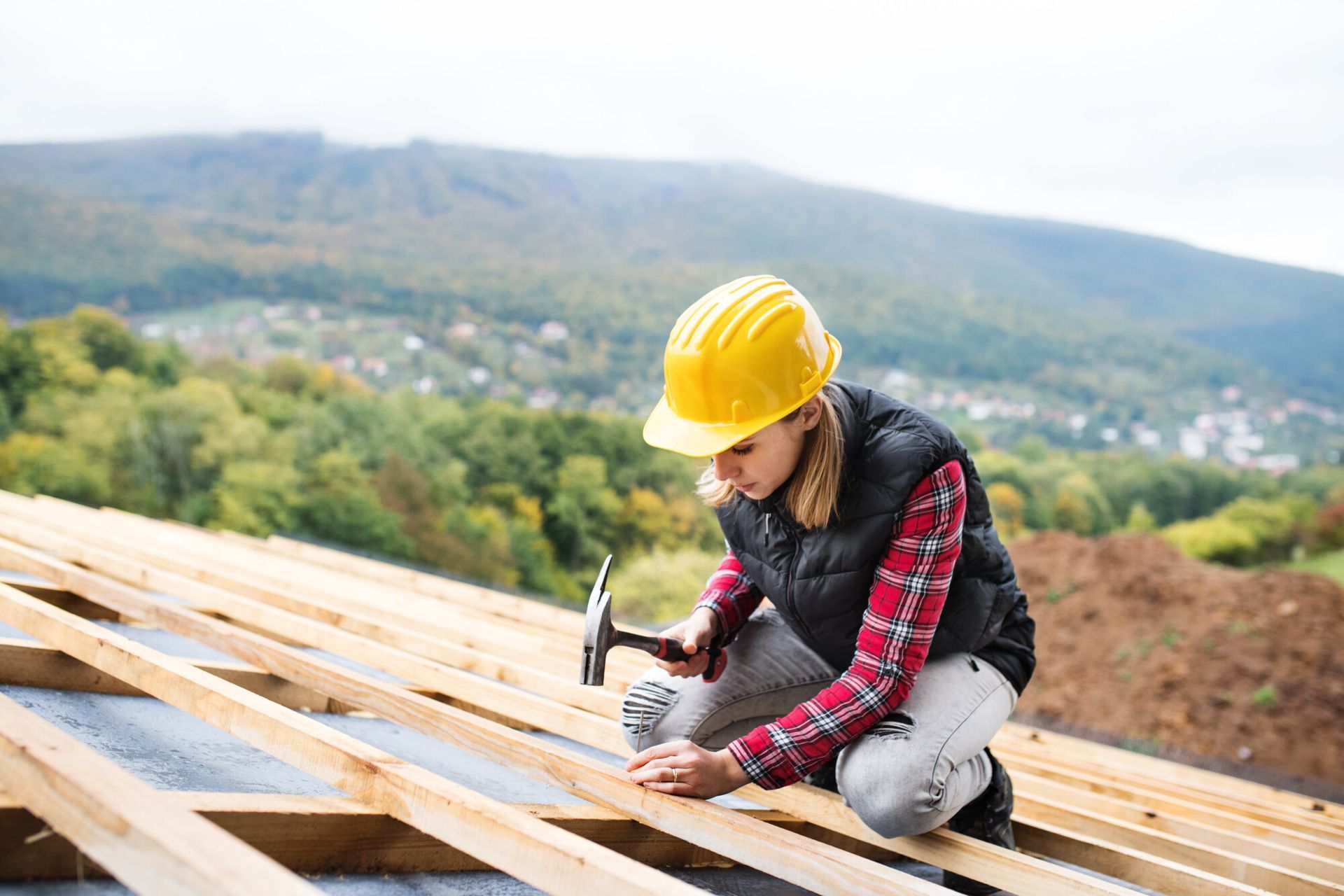
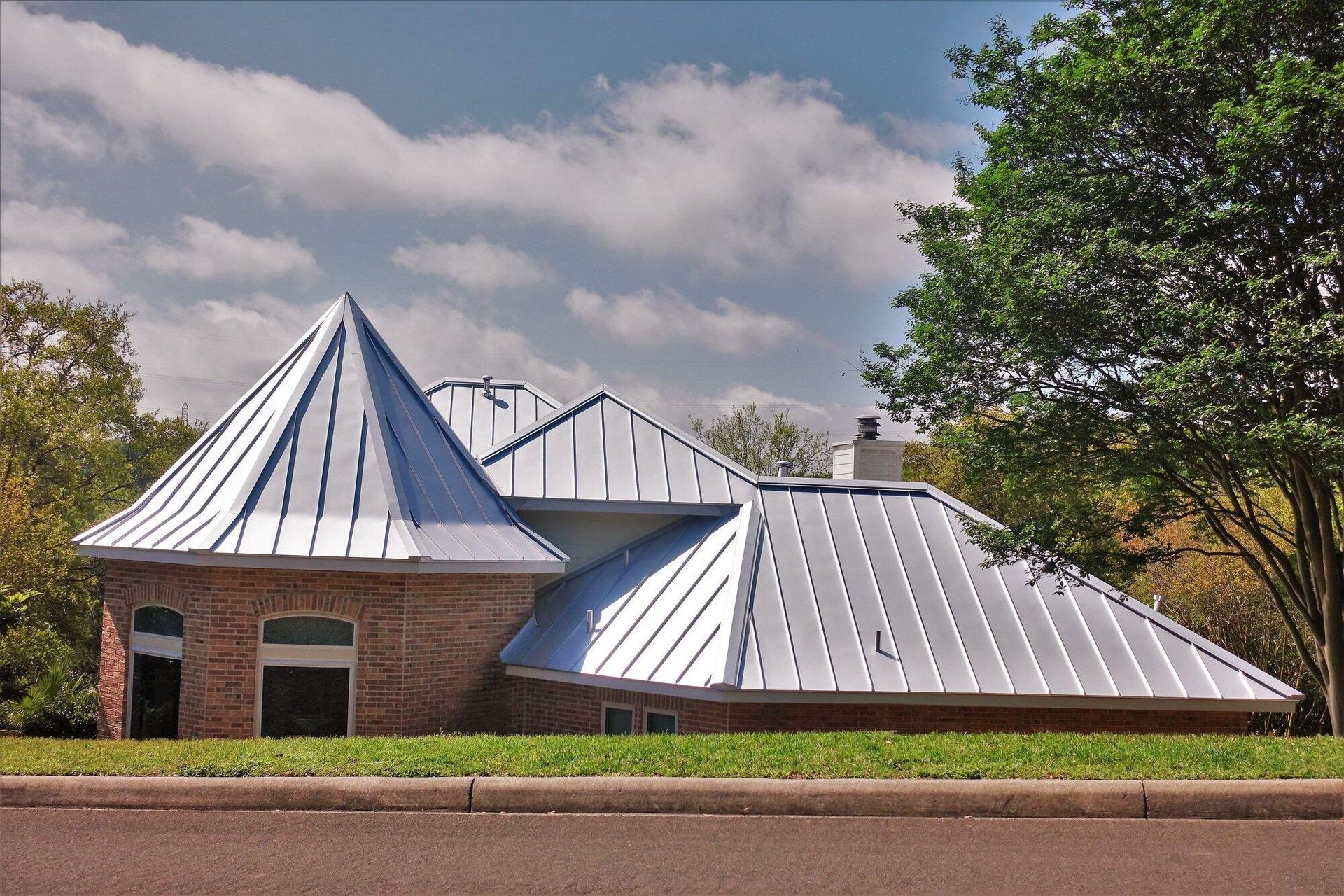

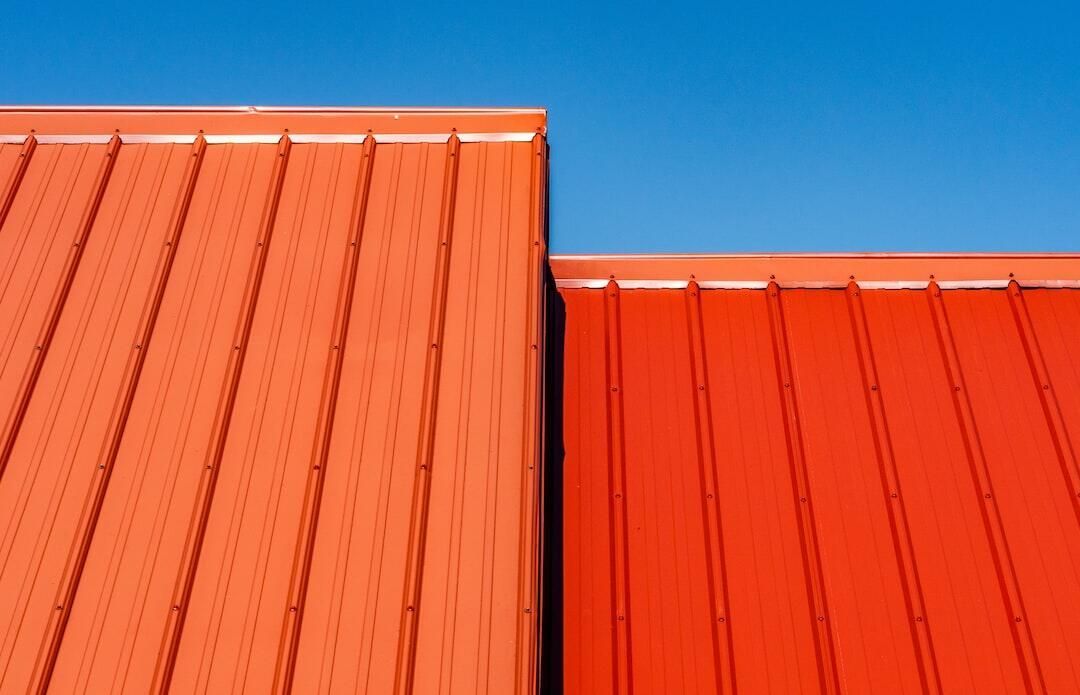
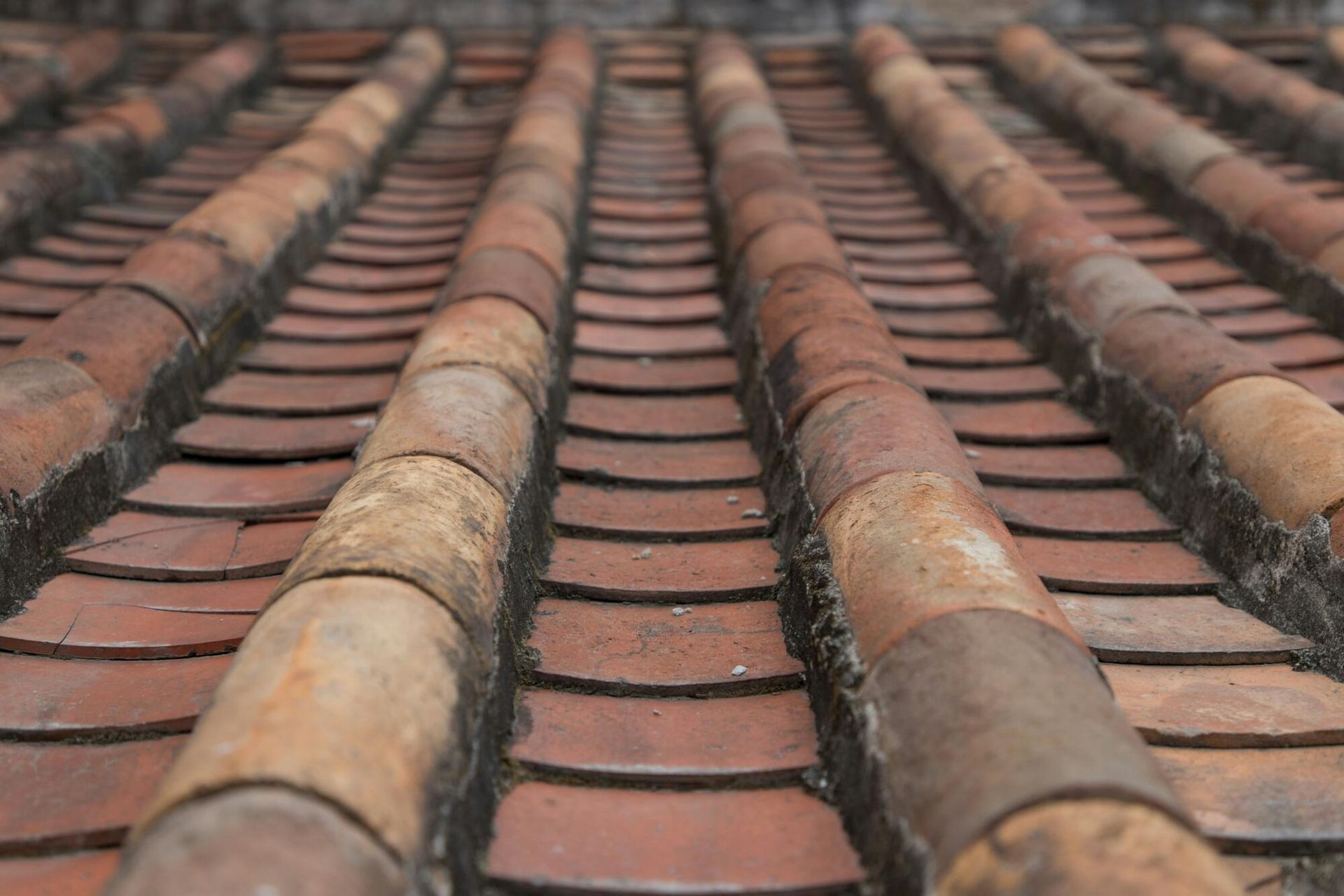

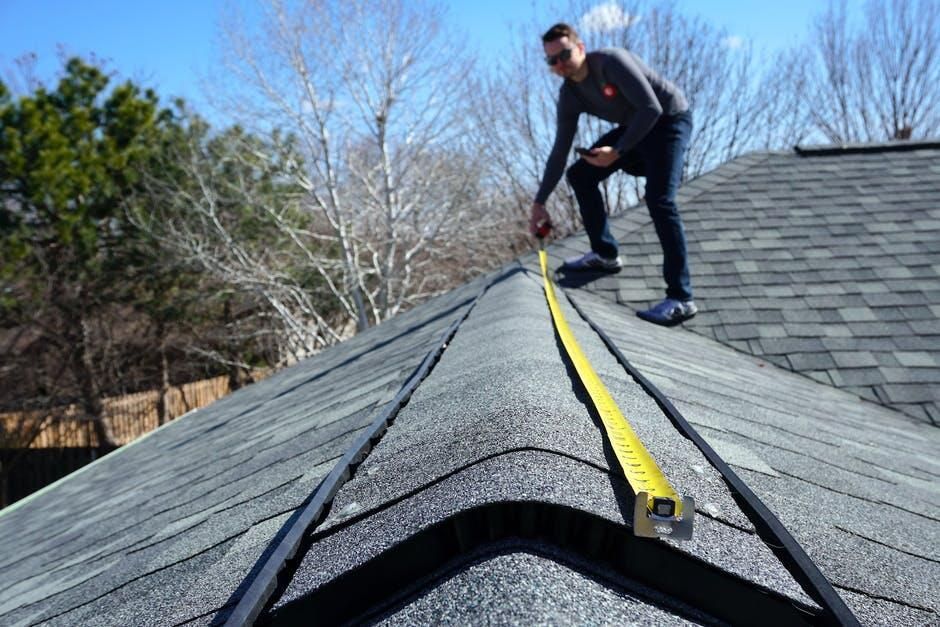
512-629-4949
1301 W Ben White Blvd 200A Austin, Texas 78704
Privacy Policy
Austin roofing
THE BEST ROOFING COMPANY IN AUSTIN, TEXAS
Local People Helping Local People
Copyright © Austin Roofing and Construction
